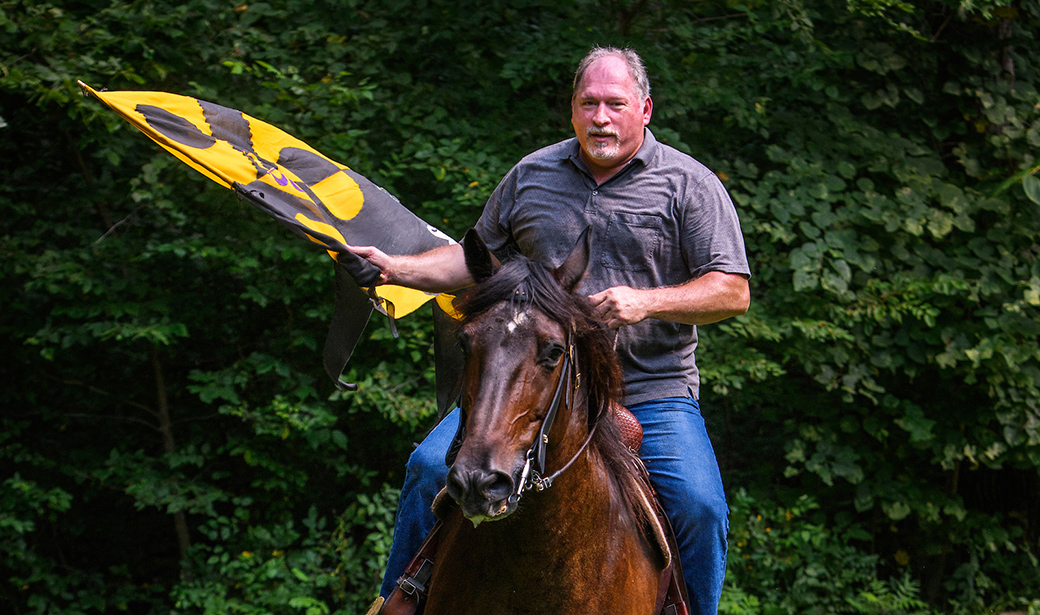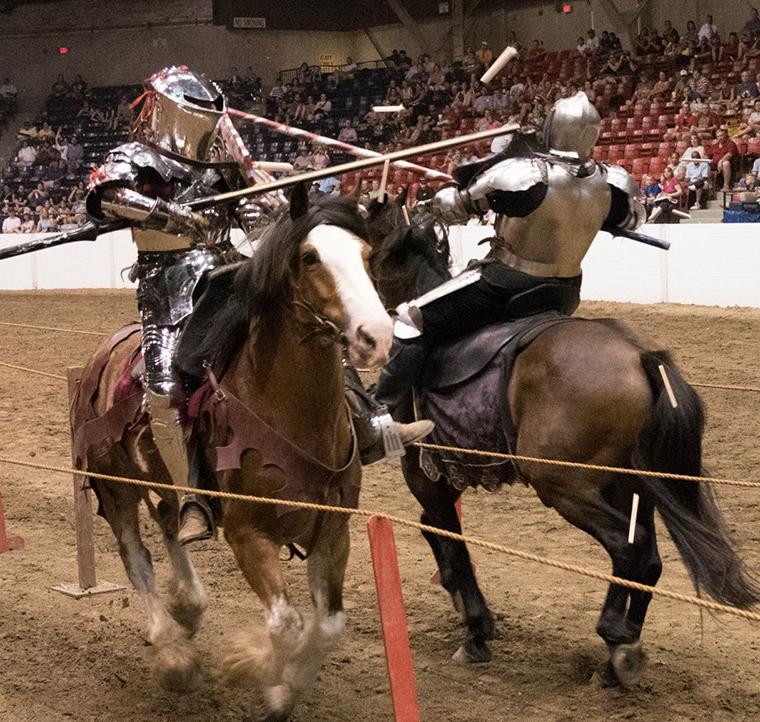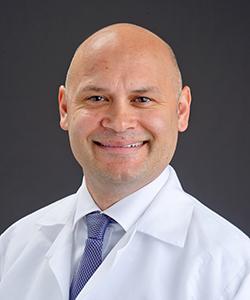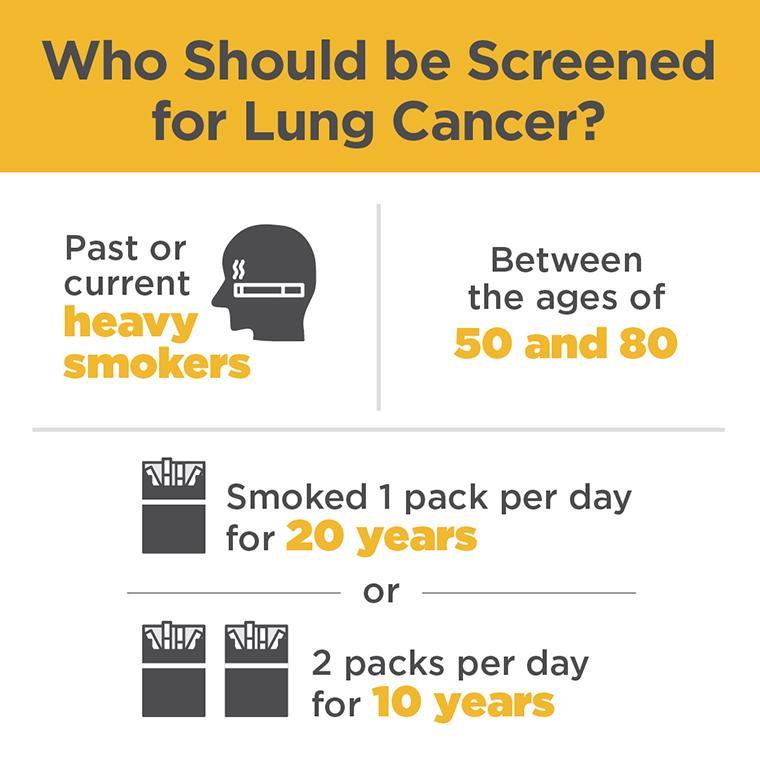When Jim Myers gets up in the morning, his joints crackle in protest. He’s been through 16 surgeries, but he considers all that scar tissue part of the bargain for the friends he’s made and the stories he’s accumulated in pursuit of adrenaline jolts.
“I’ve always been drawn to what is now called extreme sports,” said Myers, 55. “Even when I was a kid riding bicycles, we used to make ramps and see how far we could go. If it went fast, high or hard, I probably tried it — motorcycles, horseback riding, rock climbing, full-contact martial arts.”
In his 40s, he picked up his most outrageous hobby: jousting.
A mild-mannered manager of a health care software company during the week, Myers spent many weekends getting medieval. He loaded up his 1,600-pound steed named Moose, packed his suit of armor and lance, hit the road and gathered with other thrill-seekers competing at tournaments. These modern knights faced off, raced toward each other on opposite sides of a rail and scored points by breaking off the wooden tips of their lances on their opponent’s shoulder as they passed.
“What’s not to like?” said Myers, who was ranked No. 1 in the world at one time. “It’s the adrenaline. Never in my wildest dreams as a youth would I ever have imagined I would be able to get on a horse and smash into somebody else.”
Jousting is a pursuit that has been discouraged by 10 out of 10 orthopaedists since the 15th century, but it just might have saved Myers’ life. While jousting at the Ohio State Fair in the summer of 2016, Myers aggravated an old neck injury.
When the pain persisted for a few weeks, Myers made an appointment with former MU Health Care neurosurgeon Thorkild Norregaard, MD, who ordered a CT scan of his neck. Norregaard noticed something on the scan that wasn’t related to Myers’ neck pain. It was a spot in the top lobe of the left lung.
If not for the jousting injury, the nodule likely would have gone undetected, allowing it to grow and spread.
“These are the cancers we detect in screenings, the early lung cancers,” said MU Health Care cardiothoracic surgeon Jussuf Kaifi, MD. “If it’s an early cancer, a stage 1 cancer like Jim had, you have a chance of cure around 90%. If you have stage 2, which means it’s gone to the local lymph nodes, the survival rate is 40 to 60%. Once someone is symptomatic — which usually means cough, shortness of breath, losing weight and feeling terrible — those are signs the cancer is advanced, stage 3 or stage 4.”
Myers was a light smoker as a young man but hadn’t touched a cigarette in more than 25 years, and he was stunned to hear the diagnosis. Kaifi said smoking causes more than 80% of lung cancer cases, but exposure to other carcinogens and certain genetic factors seem to have a role as well.
Early stage lung cancer is treated with surgery and doesn’t require radiation or chemotherapy. MU Health Care’s Ellis Fischel Cancer Center is the only center in mid-Missouri to offer robotic-assisted lung surgery. Kaifi and his team have performed more than 500 of the procedures, which offer patients the benefit of far quicker recovery times than traditional open surgery.
On the day before his surgery in September 2016, Myers jokingly asked Kaifi to “go home and play some video games and get your thumbs limbered up.” Kaifi controlled the robot’s four arms from a console and made four incisions in Myers’ left side — one for a camera and three for surgical instruments.
He removed the nodule and a small segment of Myers’ lung and sent it to the pathology lab for a quick test. If the nodule turned out to be benign, Kaifi could have ended the surgery there with what is called a wedge resection. But because the nodule was malignant, Kaifi needed to remove the entire left upper lobe of the lung and nearby lymph nodes just to be safe. The lungs have five lobes, and people can continue to lead active lives after having one removed.
Myers spent three days in the hospital and then was cleared to return home.
“For the first three or four days, things were a little painful, but it wasn’t significant,” he said. “I’ve had a full knee replacement, and it wasn’t near as painful as that.”
For the first two years after surgery, Myers returned every three to six months for scans. For the next three years, he had annual scans. They were all clean, and he is now officially cancer-free.
Myers and his wife, Aleatha, still enjoy riding horses — including Moose — on their property in Prairie Home, Missouri. But he decided to stop jousting to avoid further aggravating his neck.
“I sold my armor so I wouldn’t be tempted,” he said.
He encourages people who are eligible for lung cancer screenings — smokers aged 55-80 — to get tested regularly.
“Seeing so many patients during my follow-up visits who were going through so much more than me made me really grateful that this was caught early,” Myers said. “I never had the sense that I battled this and won. I just got lucky. I dodged a bullet.”







